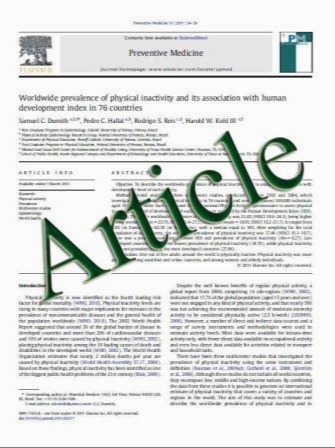Studies Related to the Scale-Up of High-Cell-Density E. coli Fed-Batch Fermentations Using Multiparameter Flow Cytometry: Effect of a Changing Microenvironment with Respect to Glucose and Dissolved Oxygen Concentration
- نوع فایل : کتاب
- زبان : انگلیسی
- مؤلف : Christopher J. Hewitt,1 Gerhard Nebe-Von Caron,2 Britta Axelsson,3 Caroline M. McFarlane,1 Alvin W. Nienow1
- چاپ و سال / کشور: 2000
Description
Multiparameter flow cytometric techniques developed in our laboratories have been used for the “atline” study of fed-batch bacterial fermentations. These fermentations were done at two scales, production (20 m3) and bench (5 × 10-3 m3). In addition, at the bench scale, experiments were undertaken where the difficulty of achieving good mixing (broth homogeneity), similar to that found at the production scale, was simulated by using a two-compartment model. Flow cytometric analysis of cells in broth samples, based on a dual-staining protocol, has revealed, for the first time, that a progressive change in cell physiological state generally occurs throughout the course of such fermentations. The technique has demonstrated that a changing microenvironment with respect to substrate concentration (glucose and dissolved oxygen tension [DOT]) has a profound effect on cell physiology and hence on viable biomass yield. The relatively poorly mixed conditions in the largescale fermentor were found to lead to a low biomass yield, but, surprisingly, were associated with a high cell viability (with respect to cytoplasmic membrane permeability) throughout the fermentation. The small-scale fermentation that most clearly mimicked the large-scale heterogeneity (i.e., a region of high glucose concentration and low DOT analogous to a feed zone) gave similar results. On the other hand, the small-scale well-mixed fermentation gave the highest biomass yield, but again, surprisingly, the lowest cell viability. The scaled-down simulations with high DOT throughout and locally low or high glucose gave biomass and viabilities between. Reasons for these results are examined in terms of environmental stress associated with an ever-increasing glucose limitation in the well-mixed case. On the other hand, at the large scale, and to differing degrees in scale-down simulations, cells periodically encounter regions of relatively higher glucose concentration.
BIOTECHNOLOGY AND BIOENGINEERING, VOL. 70, NO. 4, NOVEMBER 20, 2000 Received 1 February 2000; accepted 20 June 2000


